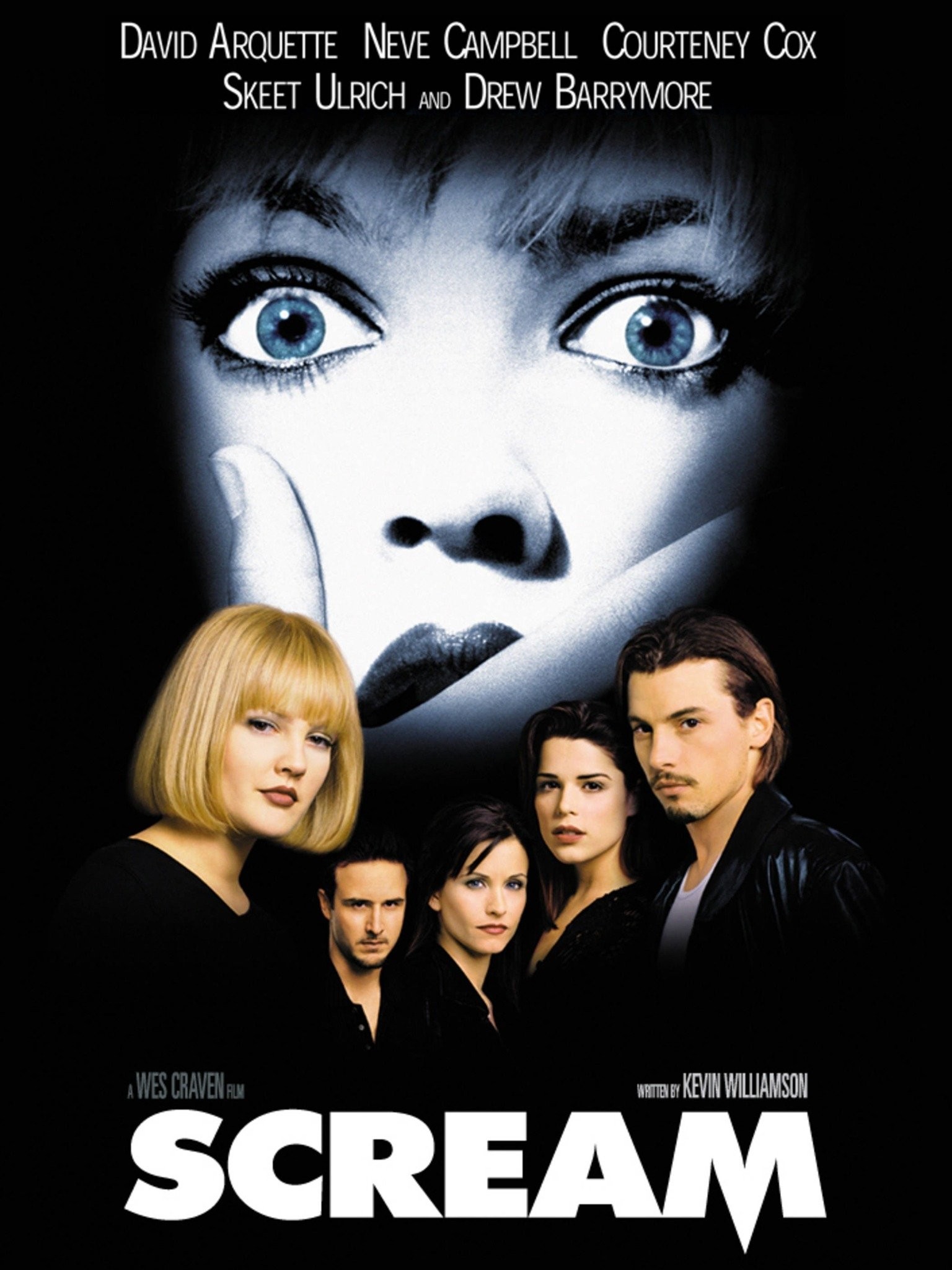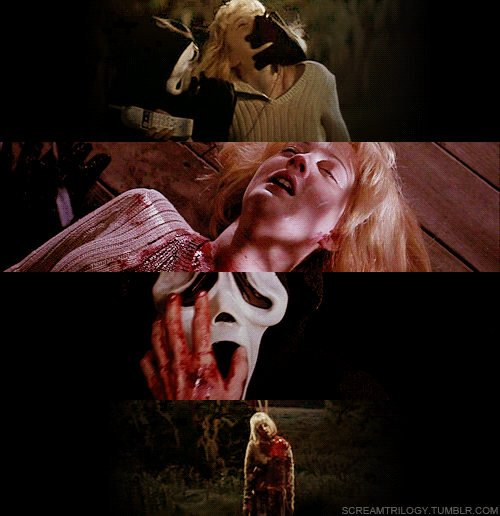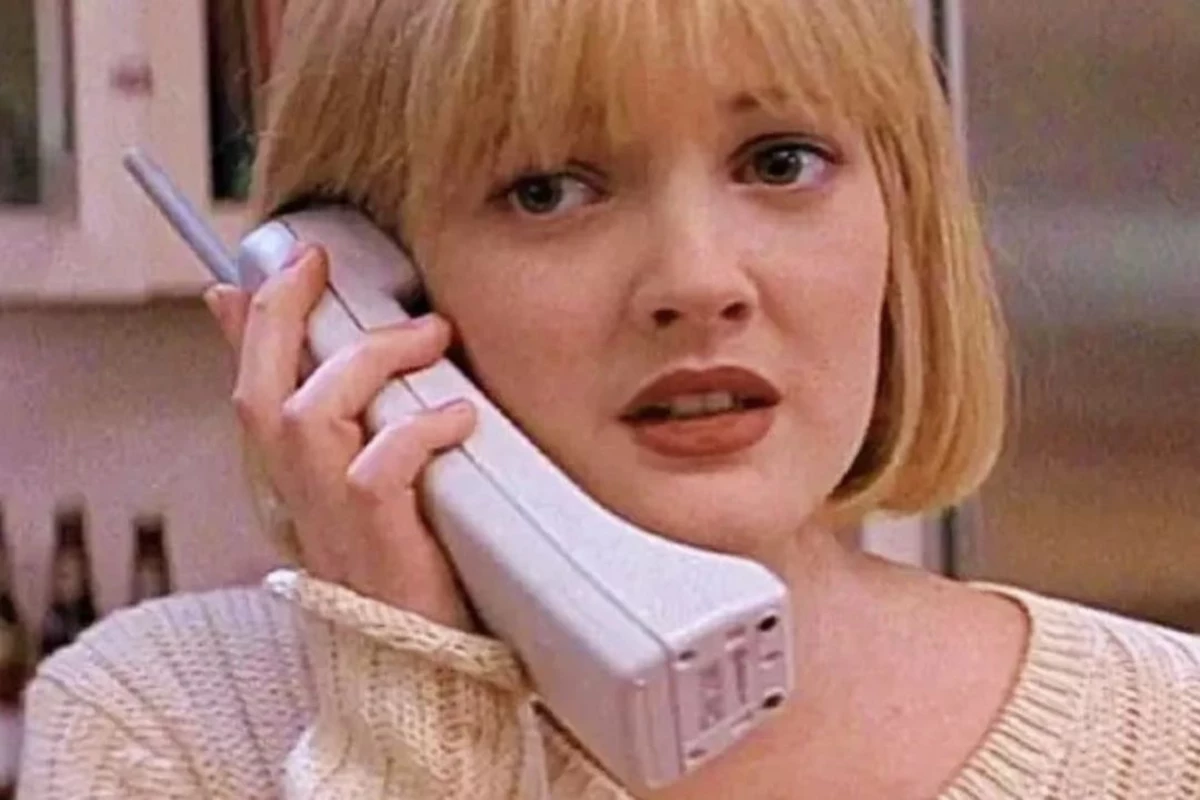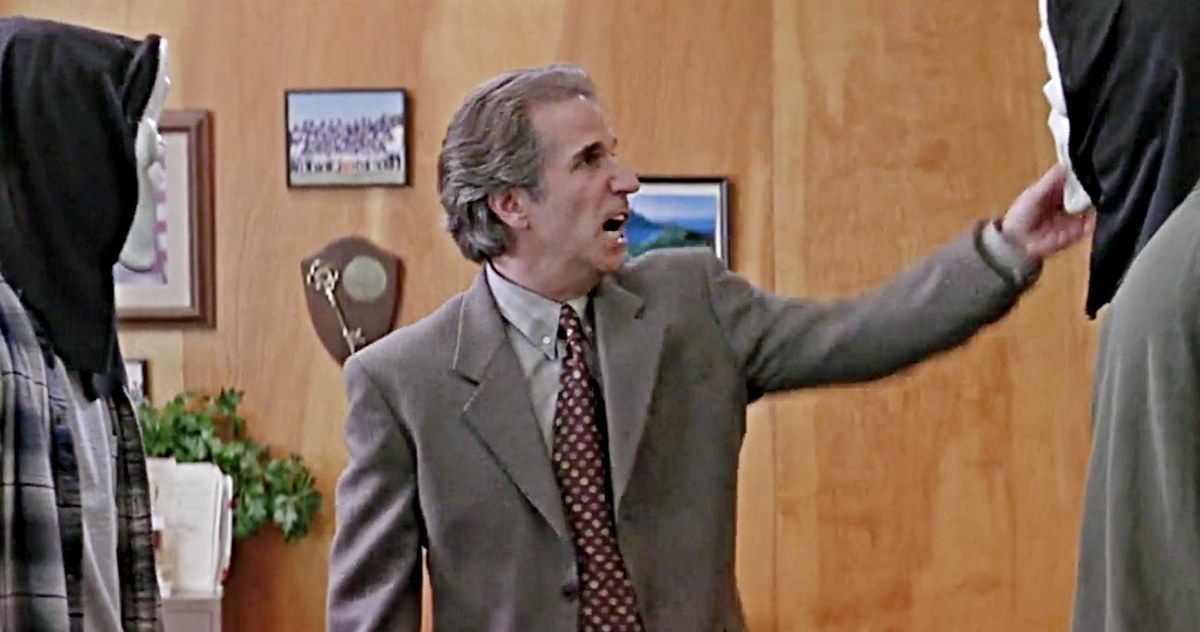Scream was a breath of fresh air in the mid-90s horror scene, revitalizing a genre that had begun to feel stale. It’s easy to forget just how original this movie was when it first hit theaters. Sure, it leaned heavily on established horror tropes, but it did so with a level of self-awareness and cleverness that felt revolutionary at the time.
 |
| Image by Rotten Tomatoes |
A Clever Subversion of Horror Tropes
Scream does an excellent job of making fun of its own audience while simultaneously subverting their expectations. It’s a film that knows you’ve seen all the horror tropes before and plays with that knowledge to keep you on your toes. The script is ingeniously meta, poking fun at the very conventions it employs. Characters openly discuss horror movie rules, only to fall victim to them in unexpected ways. It’s a smart, self-aware approach that keeps you engaged. |
| Image by The Guardian |
Brutal Killings and Genuine Suspense
One of the standout elements of Scream is its unapologetic brutality. The killings are graphic and intense, providing a level of violence that many horror films today shy away from. This level of rawness adds to the film’s impact, making the stakes feel real and the terror palpable. It’s a shame that more modern horror movies don’t embrace this, as without it, they often feel hollow and as deep as a tablespoon. |
| Image by Scream-Movies.com |
Missteps in Casting and Character Chemistry
However, Scream isn’t without its flaws. The casting feels off in several places. The high school friend group is supposed to be a tight-knit unit, but the lack of chemistry among the actors makes this hard to believe. Billy, for instance, looks noticeably older than the rest of the group. The relationships—be it between Billy and Sidney, Gail and Dewey, or Tatum and Stuart—lack the convincing connections that would make their interactions more believable.
Randy, meant to serve as the audience's eyes, feels out of place. His character is awkward and doesn't mesh well with the others, despite being a crucial part of the narrative. The casting choices detract from the film's overall immersion, making it harder to buy into the story.
:max_bytes(150000):strip_icc()/shutterstock_editorial_5885613lSCREAM-1996061559-6b1b6c7fe07448c88c5e1971ea295ad0.jpg) |
| Image by Entertainment Weekly |
Drew Barrymore: A Misplaced Talent
Drew Barrymore’s casting is another curious decision. She was far too big of a star for such a small role, and her character’s sole purpose is to be the first to die. While her presence undoubtedly added star power and shock value, it feels like a waste of her talent. This choice, while bold, ultimately feels like a strange and underutilized use of an “A” list actress.
Image by PopCrush
Flaws in the Whodunit Aspect
Wes Craven’s attempt to keep you guessing who the killer is falls short at times. While he tries to paint everyone as a potential suspect, the execution often feels clumsy. Characters who are made to look suspicious are quickly killed off, removing any real sense of mystery. The principal is a prime example: one moment he's a suspect, and the next, he's dead. The sheriff’s boots, identical to the killer’s, are highlighted once but he is never revisited. The film hints at a deeper mystery but fails to fully develop it, leaving a mile-wide, inch-deep investigation.
 |
| Image by MovieWeb |
Final Thoughts: A Groundbreaking but Flawed Classic
Despite its flaws, Scream was undeniably original upon its release. Watching it again with older eyes, it’s clear how many subsequent films have tried to capture its magic. Imitation is the sincerest form of flattery, and Scream’s influence on the genre is evident in the countless films that have borrowed its self-referential style and brutal honesty.Overall, I’d give Scream a solid 6.5 out of 10. It’s a pioneering slasher that still packs a punch, even if it falls short of its full potential.
Pros:
Cons:
Comments
Post a Comment